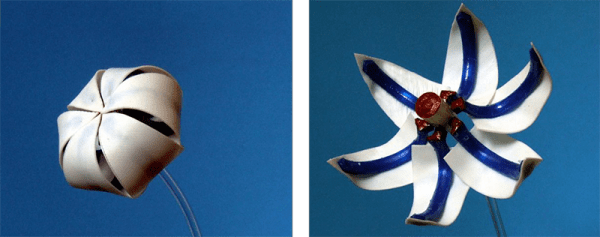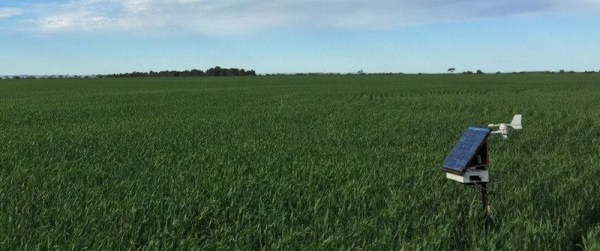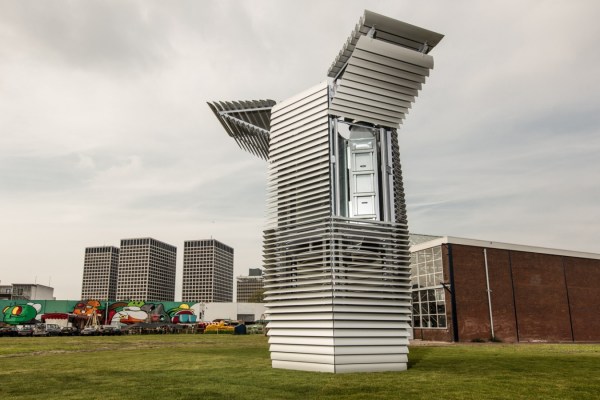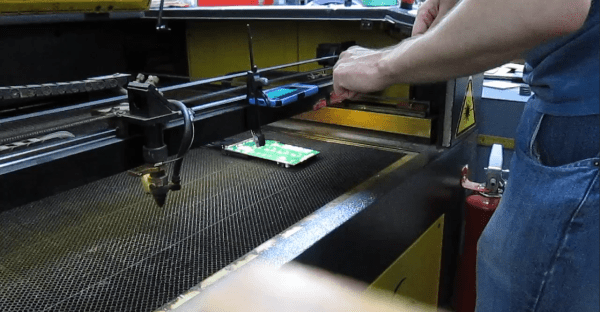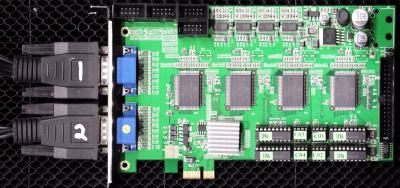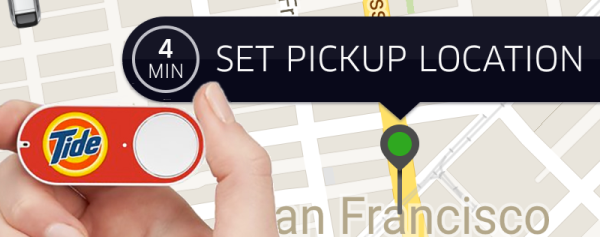Artificial muscles and soft robotics don’t get the respect they deserve, but [mikey77] is doing some very interesting work with artificial muscles that can be made on just about any 3D printer.
Like other artificial muscles and soft robotic actuators we’ve seen – like this walking sea slug and this eerie tentacle – [mikey77]’s muscles are powered by air. Instead of the usual casting method, he’s printing these muscles from Ninjaflex, a flexible plastic that is compatible with most 3D printers.
As they come off the printer, these 3D printed pneumatic muscles leak, and that means [mikey77] has to seal them. For that, he created a sealant out of Loctite fabric glue thinned with MEK. The addition of MEK dissolves the outer layer of Ninjaflex, allowing the glue to bond very, very well to the printed muscle.
So far, [mikey77] has created a pneumatic flower that blooms when air is added. He’s also created a muscle that can lift more than four pounds of weight with the help of a 3D printed skeleton. It’s a great way to experiment with flexible robots and pneumatic muscles, and we can’t wait to see what weird creatures can be created with these actuators.
Thanks [Lloyd] for sending this one in.

